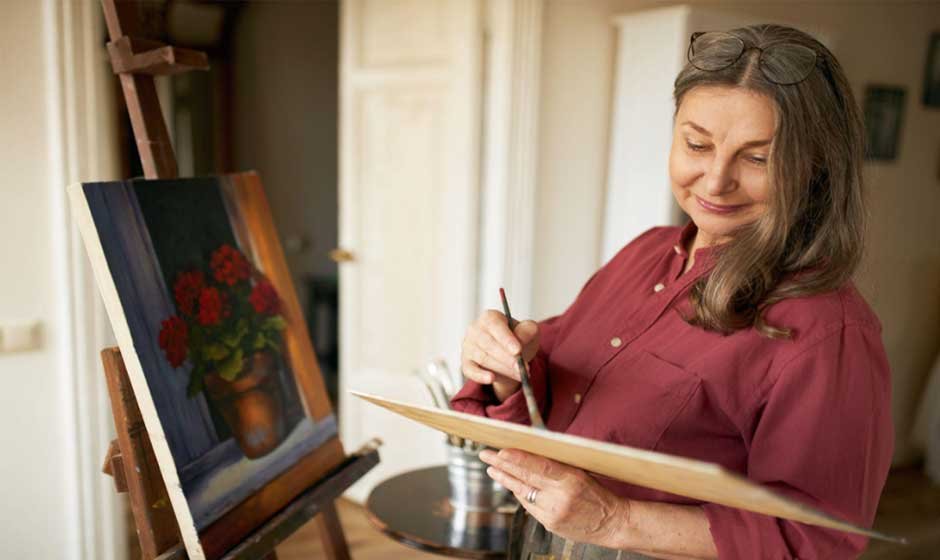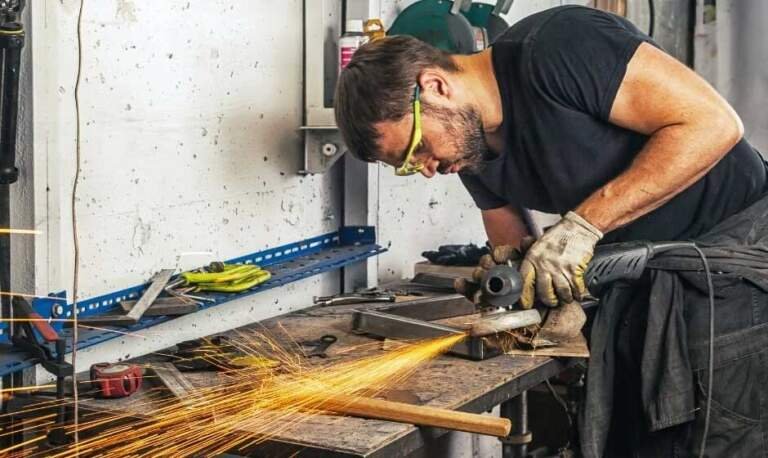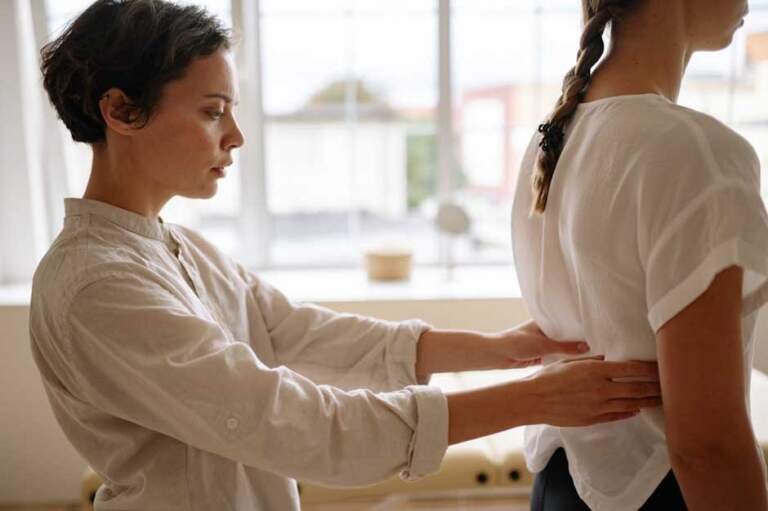Retirement is an enjoyable phase of life that allows many artistic adults to develop new lifestyles and spend more time honing their creative talents. You have the chance to make your creativity a priority, as well as explore new styles and techniques. Sharing your work with others will bring joy to your life, and you may also be able to make a profit. Here’s how to start your second act in life by creating and marketing your artwork during retirement.
Identifying Your Artistic Niche
Have you previously gravitated toward painting, pottery, sculpture, writing, or woodworking? Would you like to try a new art form like photography or jewelry making? Even if you’ve established yourself in a particular medium, retirement allows you to try something you may not have had the time for earlier.
Start by researching the demand for various art forms to market your work. Reports on the art market’s current industry trends are easily accessed online, so you can find an art form you are interested in that will also sell. For example, sustainable, digital, and contemporary art are some of the styles currently trending, and if those styles appeal to you, now’s the right time to establish your artistic presence in those areas.
You may choose to develop a unique selling proposition, or USP, to represent your artistic brand. In other words, what makes your art stand out from the competition? When writing your USP, focus on what customers will value about your art. Remember to factor other aspects of your product and brand into your USP, including price, convenience, and quality.
This may seem like a lot to consider, but these are crucial steps to take if you want to turn your hobby into a successful side business. Doing things like estimating costs, determining your target audience, and building a brand will be key as you start to carve out space in your niche.
Setting Up An Online Presence
When your creative works are ready to market, you’ll need to set up your online presence and figure out the best digital marketing strategies for your needs. Here are a few quick ways to get your work some attention.
- Online portfolio or website:Showcase your art on a digital portfolio or purchase a domain name and create a personal art website. This space will be your central location for sharing your story, displaying your art, and connecting with potential customers.
- Online art communities: There are many social media art groups, online communities, pages, and forums connected with your art form you can join. You will gain more exposure for your art, and you can gain valuable advice and insight from the artists you meet in these spaces.
- Social media as a promotion tool: You should share your work on multiple platforms like YouTube, Pinterest, Facebook, and Instagram and grow your social media audience. You can even direct more traffic to your accounts by engaging other potential customers and artists by commenting, sharing, and liking their content.
- Local art events: Check out when and where local craft shows, gallery openings, and art shows are in your area. Taking part in these events will help you share and sell your work and network with other local creatives.
- Online marketplaces: RedBubble, Etsy, Artfinder, ArtPal, Amazon Handmade, and Zazzle are online marketplaces where you can monetize and sell your work. While creating an account is free, some marketplaces will charge for ads or take a small percentage of your sales.
When you establish a following, be sure to engage with visitors consistently. Answer messages from potential customers in a timely fashion, using language that they understand. Be available and personable; those potential customers will likely become actual ones.
If you want to take things a step further, consider enrolling in a digital marketing course, enlisting the help of a knowledgeable friend or family member, or even hiring a marketing professional. Gaining additional insights into how to market your business may be the thing you need to differentiate yourself from your competition and attract customers.
Preparing a Garage Studio
Artists of all ages need help finding the ideal working space for a studio, and if you are a retiree who no longer drives or has extra space available, a garage is a perfect location to set up shop. If you’d like to prepare a garage studio, follow these steps.
- Clean out the garage. Empty the garage of cars, tools, and clutter, then clean it thoroughly. When it is clear, note the location of outlets, lighting, and the wall and ceiling condition.
- Create storage space. Storage is a necessity in any art studio. Look for storage solutions like plastic bins, shelves, or built-in cabinets that allow quick access to these tools while keeping your space clear of clutter.
- Install appropriate lighting.Even if you have lighting available in this space, adding better lighting will make creating art a more enjoyable experience. Install a few high-powered ceiling shop lights, more windows, or a skylight.
- Ventilate the space. Some art supplies contain harmful compounds, like paint, plaster, and glue. You do not want to breathe those chemicals in, so ensure your studio has ventilation through exhaust fans or air conditioners.
Once you have organized your garage space, it’s time to put the finishing touches on your creative space. Move your work table, supplies, and any other necessary furniture into the space to personalize your creative den.
Exploring the Holistic Benefits
While making a profit from your creative work is a beautiful way to bring in some side gig income, there are significant holistic benefits to discovering hobbies in retirement, like art. Participating in a hobby supports your brain health, which can delay or prevent dementia or cognitive decline. It is also a way to meet others in your community and stave off any feelings of loneliness and isolation. Your art may make you money, but its mental and physical benefits are priceless.
You’re Never Too Old to be an Artist
Creating, marketing, and selling your artwork can be an incredibly fulfilling journey for retirees. You can share your passion with others, make a profit, and, most importantly, find a sense of purpose and accomplishment. So grab those pencils, brushes, and paints, and find your creative purpose for your second act in life.











